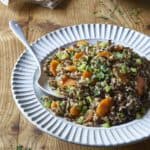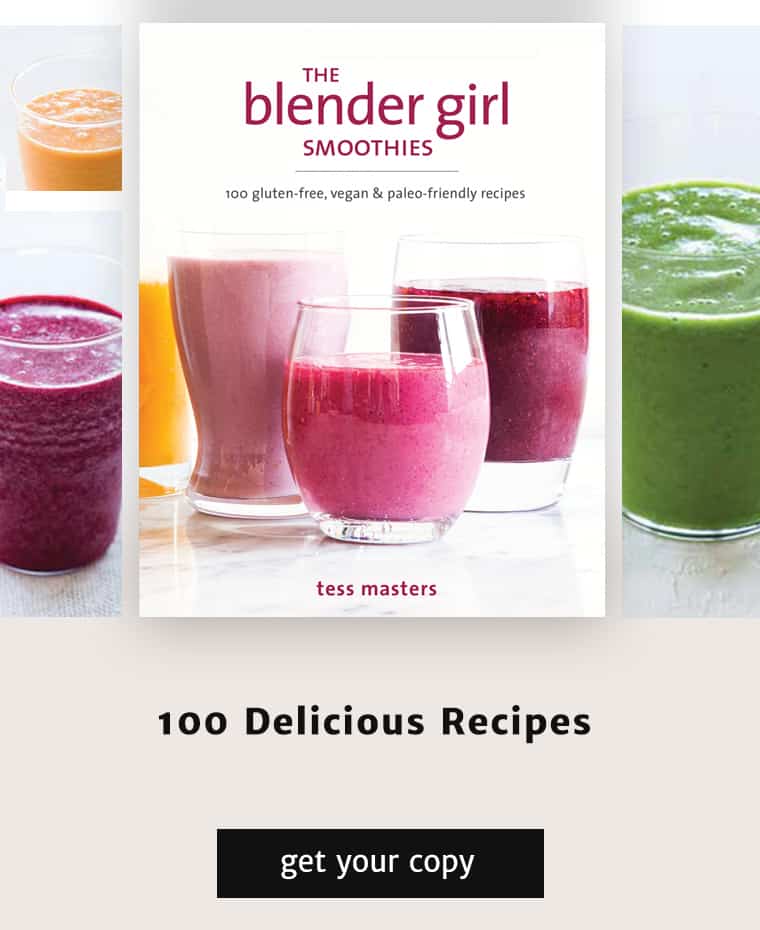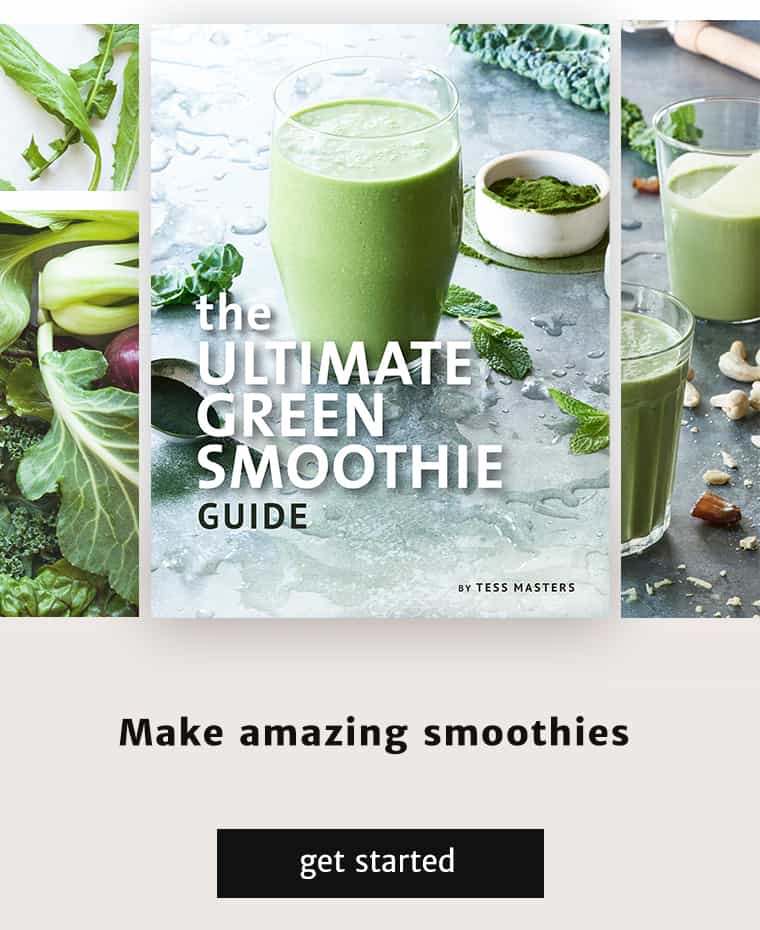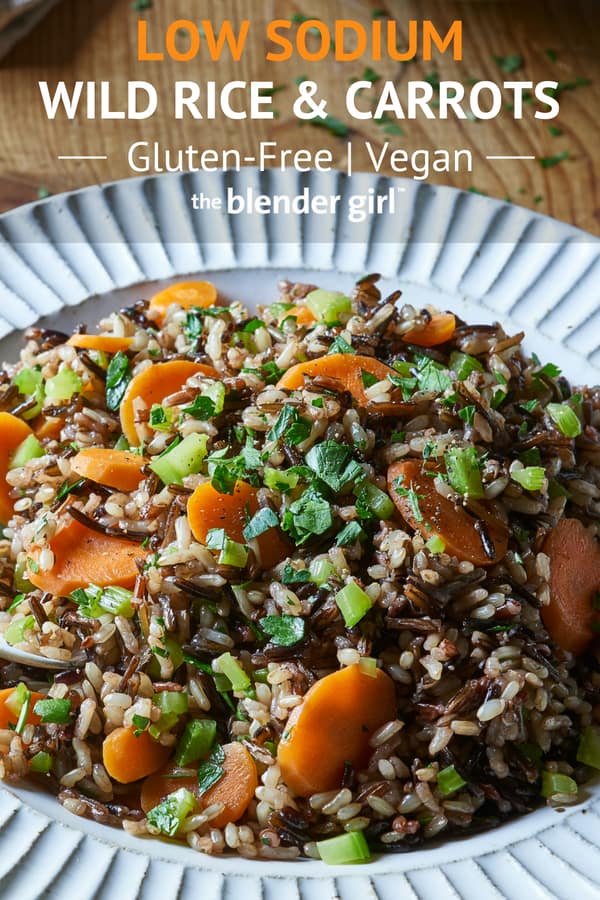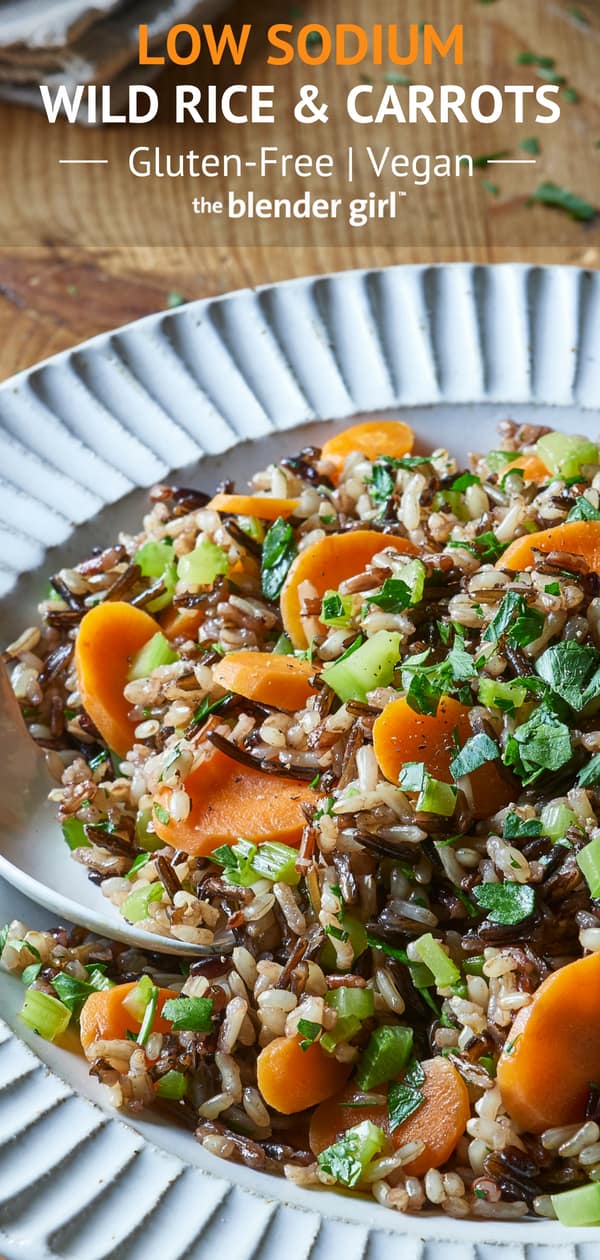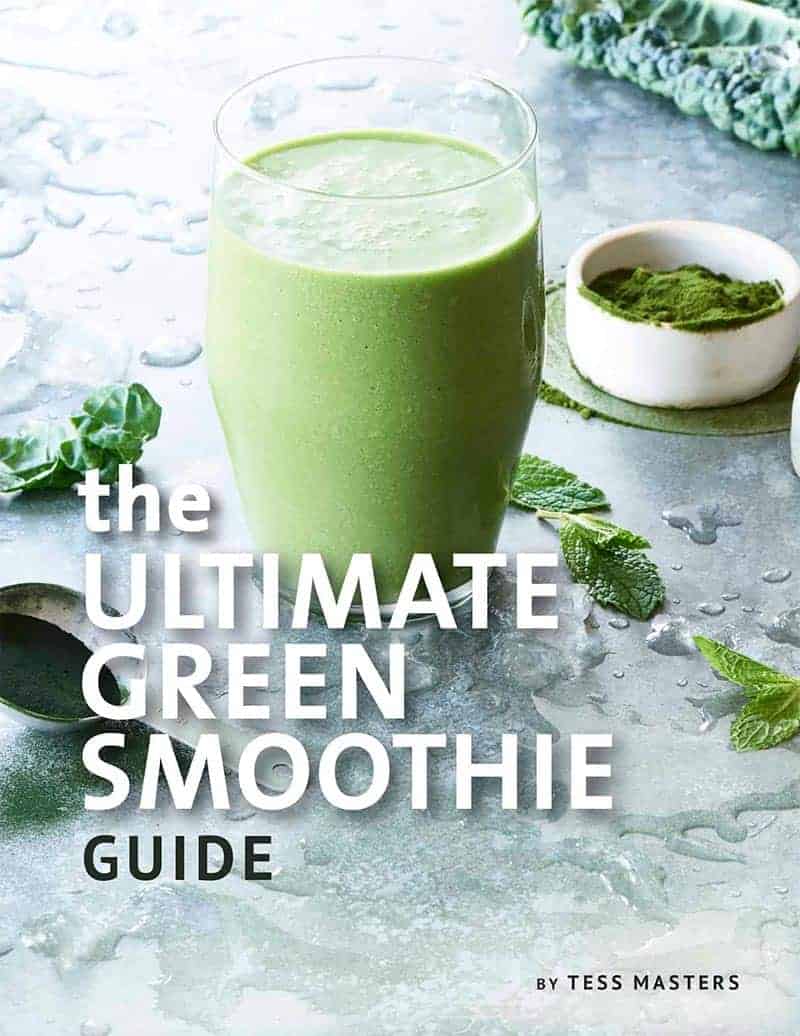This wild rice recipe with carrots is vegan and low in sodium for those of you watching your sodium intake.
Do you suffer from headaches or migraines? For those of you asking me about recipes for migraine and headache relief, this post is for you!
June is Migraine Awareness Month, and so I thought it was the perfect time to post this Migraine-Friendly Wild Rice and Carrots dish.
About 38 million people in the United States experience migraine attacks. One in four American households includes a migraine sufferer, and migraine attacks cost employers 113 million lost workdays every year. So, chances are, you or somebody you know suffers from migraines. I can think of at least 20 people I know that do.
Most current migraine treatment plans focus on prescription medication and injections, which are often expensive and carry the risk of side effects. Well, I’ve got something new for you to try.
The Migraine Relief Plan is a phenomenal, holistic resource for anyone living with migraine or vertigo symptoms. With extensive research and personal experience, Stephanie Weaver has developed a practical plan to help you make lasting lifestyle changes for pain prevention and optimal health. It contains delicious, healthy recipes that help you managing symptoms and a tracking system that helps you identify your triggers.
In The Migraine Relief Plan, Stephanie outlines a step-by-step 8-week transition plan that is a full lifestyle approach to reducing migraine frequency and severity. This book is a fantastic lifestyle guide to reducing headaches and other symptoms related to migraines, vertigo, and Meniere’s disease.
Stephanie formulated this approach by studying nutrition research, asking doctors, and using her own personal experience as a migraine sufferer. The plan is centered around plants, with 78 recipes that are gluten-free, sugar-free, and low in sodium; 72 recipes are dairy-free; and 57 recipes can be made vegetarian or vegan. All of the recipes are tagged with special-diet icons, so vegetarian readers can find plant-based recipes easily.
Stephanie’s plan omits the major migraine trigger foods such as wheat and gluten, beans, nuts, soy, high-sodium foods, fermented foods, avocado, citrus, and tropical fruit. She suggests you abstain from eating these foods for six months, then test each one before gradually reintroducing them into your diet.
Over the course of eight weeks, the plan gradually transitions readers into a healthier lifestyle, where, along with a trigger-free diet, she walks you through other key behaviours that will set you up for success such as regular sleep, gentle exercise, and relaxation techniques, accompanied by symptom tracking charts.
The plan includes weekly meal plans for breakfast, lunch, snacks, and dinner. In addition to eliminating suspected migraine triggers, the recipes are low-sodium, which helps with balance and dizziness; and sugar-free and gluten-free, which helps reduce inflammation—symptoms all associated with migraines and related conditions.
The first half of the Migraine Relief Plan is divided into eight weeks, each of which outlines one assignment and provides tips on how to slowly transition to trigger-free meals and set the stage for success. The second half of the Plan is divided into four months, each of which provides assignments and information that help you feel better and get results.
There is a really helpful list of migraine-friendly foods in the book designed to to eliminate migraine triggers and reduce inflammation. There’s also great tips for setting up your kitchen, shopping, traveling, and eating out.
Some of my favorite recipes in the book include: seedy carrot crackers, smoky butternut squash soup, roasted veggie quinoa casserole, spicy kale and swiss chard sauté, creamy not-ella carob butter, coconut whipped cream, and grilled peaches with cardamom-maple cream sauce.
I also love this simple wild rice and carrot side dish, where Stephanie uses broth, herbs, carrots, and celery instead of salt to infuse the dish with flavor. If you live outside the U.S and can’t get wild rice, use brown rice.
I was honored to blurb this book, and I hope this information helps you or somebody you love to get some relief from their headaches or migraines.
Check out The Migraine Relief Plan, and learn more about Stephanie Weaver.
